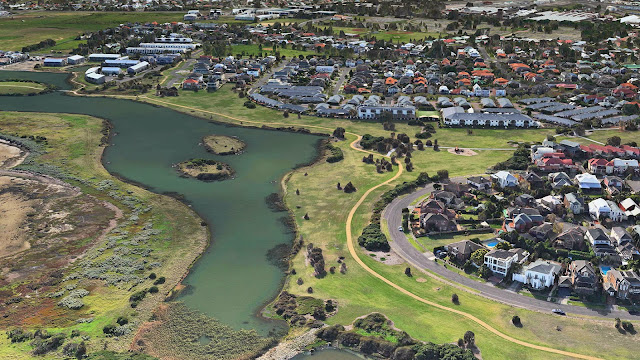The tradition of the “afternoon tea” (often incorrectly called “high tea” - see below) is something that is essentially British and is still alive and well in Britain but also in most of the countries that once used to be British colonies and part of the British Empire, including Australia. It is a particularly civilised institution and elevates the simple act of satisfying one’s mid-afternoon hunger pangs to an art form. Teatime becomes a social occasion as well as a means of satisfying the nutritive needs of one's body...
"High tea" is a meal eaten in the early evening, typically consisting of a cooked dish, bread and butter, and tea. This was typical fare of the working classes and in countries like Australia, it is still customary to call the main evening meal "tea" - I must hurry home and have my tea because my wife is upset if I am late and the food becomes cold.
Anna, the 7th Duchess of Bedford and lady-in-waiting to Queen Victoria is often credited with the invention of the tradition of afternoon tea in the early 1840s. Traditionally dinner was not served until 8:30 or 9:00 pm and the Duchess often became hungry, especially in the summer when dinner was served even later. She ordered a small meal of bread, butter, and other niceties, such as cakes, tarts, and biscuits, to be brought secretly to her boudoir. When she was exposed she was not ridiculed, as she had feared, but her habit caught on and the concept of a small meal, of niceties and perhaps tea, became popular and eventually known as "afternoon tea". Obviously the origins of the well known British tradition of afternoon tea cannot be credited to only one woman, but evolved over a period of time, as many cultural customs do.
The menu for afternoon tea varied widely and depended very much on the status and wealth of the household involved. However, usually both savoury and sweet selections were available. A traditional menu of a wealthy household may have included the following:
Freshly baked scones (currant or plain) served with clotted cream and homemade preserves
Banbury buns served with sweet butter
Tea cake, Madeira cake, fruit cake (slices)
Assorted tea sandwiches including:
*Cucumber and watercress
*Smoked salmon pinwheels
*Rare roast beef
*Chicken salad with toasted walnuts
*Classic egg salad
*Thinly sliced cheddar and tomato
*Black Forest ham and Swiss cheese
Assorted bite-size sweets including:
*Iced chocolate diamonds
*Miniature fruit tarts
*Fairy cakes with whipped cream
*Miniature cakes filled with a vanilla mousse
*Shortbread fingers
*Handmade chocolate truffles
Seasonal fruit
Cheese and crackers




















































